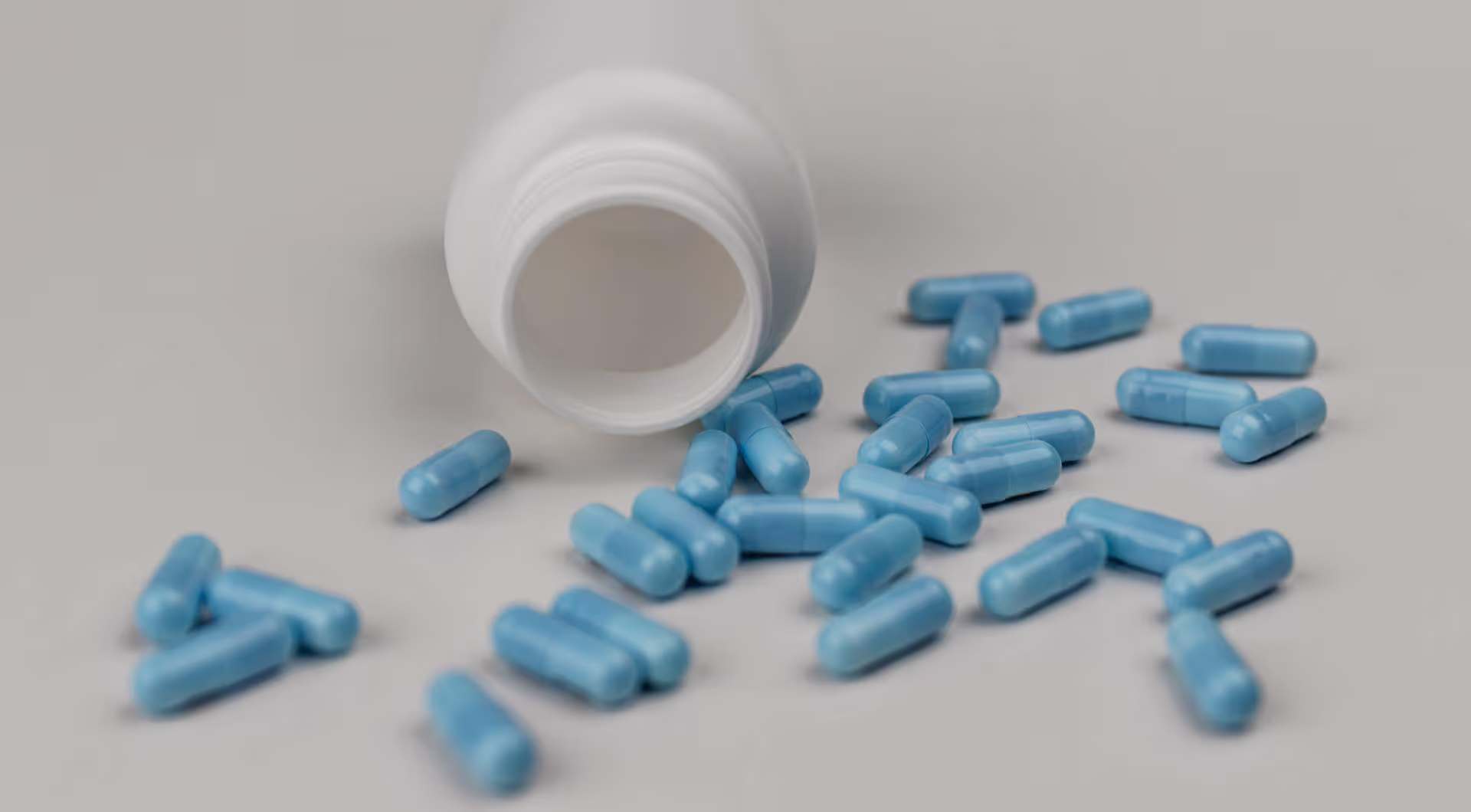Hidden Danger: Why People Lace Drugs and Where To Find Help From the Power of Addiction

Thinking about the risks of laced drugs is terrifying — and rightfully so. Every headline, every lost life, makes it painfully clear: this isn’t just a distant problem; it’s real, and it’s affecting people everywhere. If you’re reading this, chances are you already know how serious it is.
That’s why we’ve created this article: to give you the information you need to understand why drugs are being laced, what substances are involved, the real dangers they pose, and most importantly, how you can protect yourself or someone you care about.
Table of Contents
- What Is Drug Lacing?
- Why Do People Lace Drugs? 6 Possible Reasons
- Commonly Asked Questions About Laced Drugs
- Begin the Journey to Freedom From Addiction at Dove Recovery
Drug lacing refers to the dangerous and often hidden practice of mixing one substance — called a cutting or lacing agent — into another drug, typically without the user's knowledge.
This manipulation is widespread in the illegal drug market, where substances are altered for profit, potency, or both. Dealers may lace drugs to stretch the supply and increase profits, often substituting expensive or pure drugs with cheaper or more potent additives.
The result is a drug that may look the same but has vastly different and often deadly effects, making laced drugs one of the most serious threats facing users today.
Fentanyl Facts
- Fentanyl is a powerful synthetic opioid up to 50 times stronger than heroin and 100 times stronger than morphine.
- It is used medically for severe pain but is increasingly found in illicit drug supplies.
- Fentanyl is often mixed intentionally or unknowingly into heroin, cocaine, methamphetamine, and counterfeit pills that mimic prescription medications like oxycodone or Xanax.
- A dose as small as 2 milligrams — about the size of the tip of a pencil or 5-7 grains of salt — can be lethal for the average adult.
- Many users are unaware that their drugs contain fentanyl, significantly increasing the risk of accidental overdose and death.
- In 2024, the DEA seized enough to represent more than 380 million lethal doses, highlighting the massive scale of the fentanyl crisis.
The risks are real and rising fast. At Dove Recovery, we specialize in helping individuals break free from dangerous cycles involving substances like fentanyl, cocaine, and alcohol. One call is all it takes. We’ll take it from here.

#1: To Enhance Potency
Some drugs are laced with powerful substances like fentanyl to create a stronger, faster, and longer-lasting high. It’s a tactic often used to make the experience so intense that users will want to come back for more.
Fentanyl’s extreme potency makes it cheaper for dealers to use and more addictive for those taking it. But while the goal may be to enhance the effect, the reality is far more dangerous. Just a tiny amount can be deadly, turning what someone thought was a familiar dose into a life-threatening risk.
What’s meant to feel stronger can quickly become fatal.
#2: To Mask Poor Quality
Another common reason drugs are laced is to cover up poor quality. When the original substance is weak, diluted, or poorly made, dealers may add something stronger — like fentanyl — to make it seem more potent or pure. This can trick users into thinking they’re getting a better product.
In reality, they’re being sold a dangerous mix. Fentanyl, which is cheap to produce in labs and incredibly powerful in tiny doses, is often used to bulk up drugs like cocaine or heroin that are sold by weight.
What looks like a “better deal” is often a deadly disguise.
#3: To Create Addiction
In some cases, drugs are intentionally laced with highly addictive substances like fentanyl as a strategy to keep users hooked. By slipping in something that causes rapid dependency, dealers increase the chances that someone will come back for more again and again.
It’s a ruthless tactic that prioritizes profit over human life, turning first-time or occasional use into a dangerous cycle of addiction. Most people don’t realize what’s been added until it’s too late — and by then, the craving can feel impossible to escape.

#4: To Boost Profits
For many dealers, lacing drugs is all about maximizing profits. By adding cheap but highly potent substances like fentanyl, they can stretch their supply and make more money from less of the original drug. It’s a way to cut corners — using small, inexpensive amounts of a synthetic opioid to mimic the effects of a purer product.
The result? Dealers earn more, while users unknowingly take on far greater risks. What seems like a typical dose may be laced with something far more dangerous, all in the name of making an extra dollar.
#5: To Enhance the High
Some drugs are laced simply to change or intensify the experience. Users or dealers may combine substances to create a more powerful, longer-lasting, or uniquely altered high. For example, marijuana may be laced with PCP, or ecstasy may be mixed with meth to heighten the stimulant effects.
While the goal might be to chase a different kind of euphoria, the reality is unpredictable and dangerous. Mixing drugs can lead to unexpected reactions, increased toxicity, and a much higher risk of overdose — especially when the user doesn’t know what’s really in the mix.
#6: For Malicious Intent
While less common, some drugs are laced with the deliberate intent to harm. In these cases, substances may be spiked with chemicals meant to incapacitate, manipulate, or exploit — such as so-called “date-rape drugs.”
If you or someone you love has experienced something like this, know that help is available. Dove Recovery in Columbus, OH, provides compassionate, confidential support to guide you forward.

What Are the Potential Dangers of Laced Drugs?
Laced drugs are dangerous because you never truly know what you’re putting into your body. The effects can be completely unpredictable, even for experienced users.
A single dose might contain potent, toxic substances like fentanyl or synthetic chemicals that interact in harmful ways. This drastically increases the risk of accidental overdose, even for those who believe they have a tolerance.
On top of that, many lacing agents are highly addictive, accelerating the path to dependency and making it harder to stop. What starts as a single high can quickly spiral into a life-threatening cycle.

If Fentanyl Is So Potent, Why Can Some People Use It Without Overdosing?
The impact of fentanyl depends heavily on the individual. Long-term opioid users often develop high tolerance, allowing them to handle doses that would be deadly for someone with little or no exposure. Tolerance builds gradually — what starts as a few milligrams can grow to much larger amounts over time.
But this doesn’t make fentanyl safe. A non-regular user can overdose on just 2 milligrams, and even experienced users risk overdose if they unknowingly take a stronger dose than expected. With fentanyl, the line between high and fatal is razor-thin.
How Can I Protect Myself from Laced Drugs?
Your safety matters, and taking a few simple precautions can make a big difference. Here are some ways you can protect yourself and those you care about from the dangers of laced drugs:
- Avoid illicit online drugs and fake pills.
- Understand the risks associated with purchasing outside of regulated channels.
- Keep naloxone (Narcan) nearby to reverse an opioid overdose.
- Learn to spot early signs of overdose.
If you or someone you love is struggling with addiction, know that real help is just one step away. At Dove Recovery in Columbus, OH, we understand the complexity of addiction and the hidden dangers of laced drugs like fentanyl.
That’s why we offer customized treatment plans — including outpatient care, counseling, and partial hospitalization — designed to meet your needs. Our success rates are well above industry standards, and even if we’re not the right fit, we’ll help you find the support you need. This is the last call you’ll need to make. Dove Recovery will take it from here.

